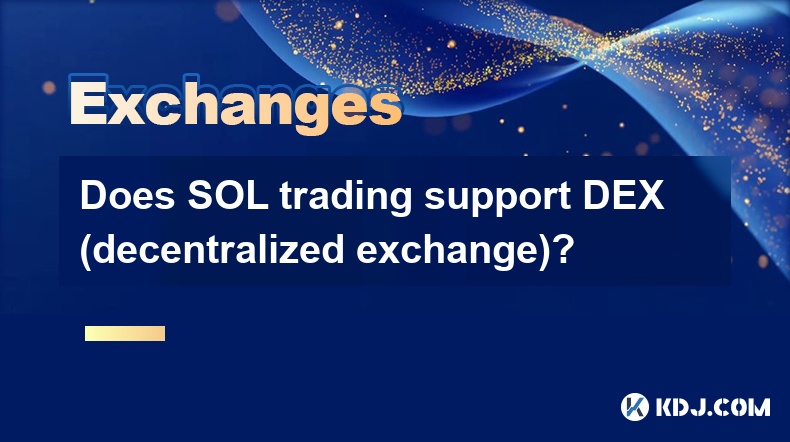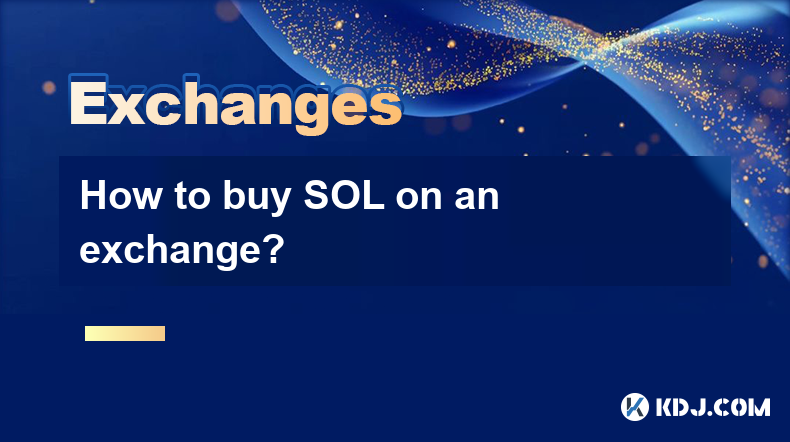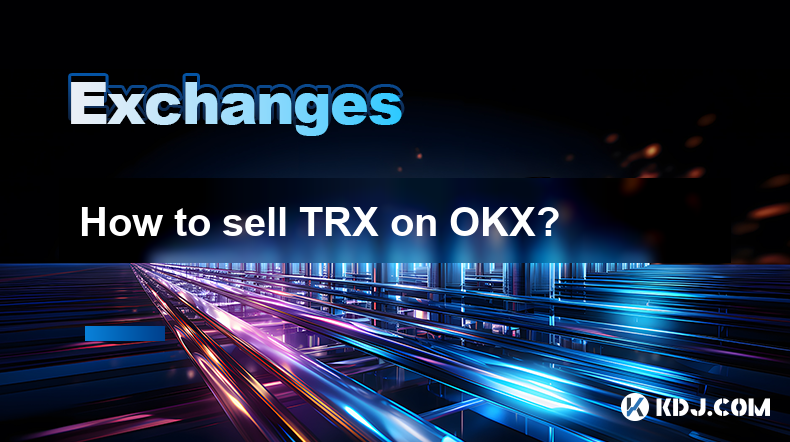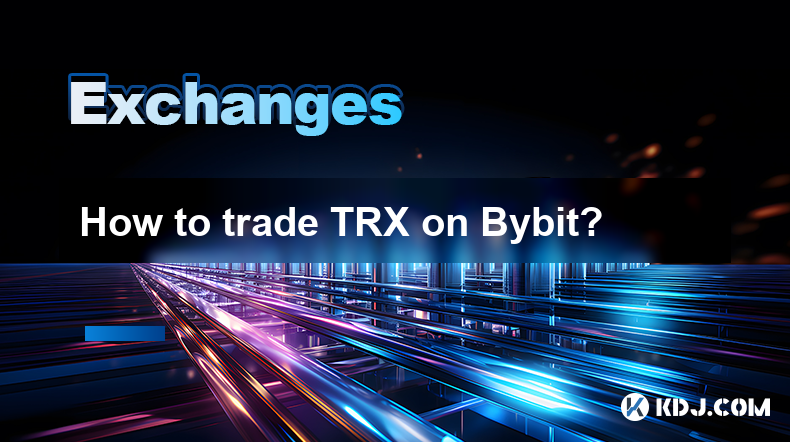-
 Bitcoin
Bitcoin $84,533.5946
-0.39% -
 Ethereum
Ethereum $1,579.4500
-1.34% -
 Tether USDt
Tether USDt $1.0000
0.02% -
 XRP
XRP $2.0576
-0.68% -
 BNB
BNB $588.6240
-0.03% -
 Solana
Solana $136.5689
-1.00% -
 USDC
USDC $1.0000
0.01% -
 TRON
TRON $0.2459
2.00% -
 Dogecoin
Dogecoin $0.1537
-1.97% -
 Cardano
Cardano $0.6144
-1.04% -
 Chainlink
Chainlink $13.1668
3.27% -
 UNUS SED LEO
UNUS SED LEO $9.3283
0.18% -
 Avalanche
Avalanche $19.4724
-1.07% -
 Toncoin
Toncoin $3.0009
1.64% -
 Stellar
Stellar $0.2420
-1.06% -
 Shiba Inu
Shiba Inu $0.0...01249
2.75% -
 Hedera
Hedera $0.1657
0.44% -
 Sui
Sui $2.1062
-1.06% -
 Bitcoin Cash
Bitcoin Cash $333.2886
-0.13% -
 Polkadot
Polkadot $3.9053
4.73% -
 Hyperliquid
Hyperliquid $17.5243
-1.44% -
 Litecoin
Litecoin $76.5313
1.75% -
 Dai
Dai $1.0000
0.01% -
 Bitget Token
Bitget Token $4.4002
-2.43% -
 Ethena USDe
Ethena USDe $0.9993
0.02% -
 Pi
Pi $0.6305
-2.54% -
 Monero
Monero $215.9043
1.33% -
 Uniswap
Uniswap $5.2485
0.07% -
 Pepe
Pepe $0.0...07672
4.72% -
 Aptos
Aptos $5.0535
4.20%
How to view the liquidity of trading pairs on Coinbase?
Coinbase doesn't offer a single liquidity metric; instead, assess liquidity by analyzing order book depth, 24-hour trading volume, and the bid-ask spread on Coinbase Pro, supplemented by data from reliable third-party tools.
Mar 15, 2025 at 06:00 pm

Key Points:
- Coinbase doesn't directly display a single, readily accessible liquidity metric for trading pairs like some decentralized exchanges (DEXs).
- Assessing liquidity on Coinbase requires analyzing order book depth, trading volume, and spread.
- Understanding these factors helps determine the ease of buying or selling a cryptocurrency pair without significantly impacting its price.
- Indirect methods like using third-party tools can offer a broader perspective on Coinbase's liquidity.
How to View the Liquidity of Trading Pairs on Coinbase?
Coinbase, unlike many decentralized exchanges, doesn't provide a simple, singular "liquidity score" for its trading pairs. Instead, understanding liquidity requires a multi-faceted approach focusing on observable market data. This involves examining several key indicators within the Coinbase Pro interface, which provides a more detailed view than the standard Coinbase exchange.
Analyzing the Order Book:
The order book is the cornerstone of understanding liquidity. It shows the buy and sell orders currently placed by users at various price points. A deep order book, characterized by many orders at various prices near the current market price, indicates high liquidity. A shallow order book, with few orders, suggests low liquidity. To access the order book, navigate to the trading pair you're interested in on Coinbase Pro.
- Deep Order Book: A large number of buy and sell orders clustered around the current market price signifies high liquidity. Large trades are less likely to significantly move the price.
- Shallow Order Book: A small number of orders, particularly near the current price, points to low liquidity. Even small trades could cause significant price swings.
Evaluating Trading Volume:
Trading volume represents the total number of coins traded within a specific timeframe (e.g., 24 hours). Higher trading volume generally suggests greater liquidity. A high volume indicates that many traders are actively buying and selling the pair, implying easier execution of trades without major price disruptions. Coinbase displays this data prominently on its platform for each trading pair.
- High Trading Volume: Implies significant trading activity and generally better liquidity.
- Low Trading Volume: Suggests less trading activity and potentially lower liquidity.
Understanding the Bid-Ask Spread:
The bid-ask spread is the difference between the highest price a buyer is willing to pay (bid) and the lowest price a seller is willing to accept (ask). A narrow spread indicates high liquidity, as buyers and sellers are closely aligned on price. A wide spread suggests low liquidity, as the difference between buying and selling prices is substantial. This is readily visible on the Coinbase Pro order book.
- Narrow Spread: Indicates high liquidity; buying and selling is efficient.
- Wide Spread: Suggests low liquidity; significant price slippage is possible.
Utilizing Third-Party Tools:
While Coinbase doesn't directly provide a liquidity score, various third-party websites and analytical platforms aggregate market data from different exchanges, including Coinbase. These tools might offer composite liquidity indicators or allow for more comprehensive comparison across different exchanges. Use caution and verify the reliability of any third-party data source. These tools can provide a broader context but shouldn't be the sole basis for assessing liquidity on Coinbase.
Indirect Indicators of Liquidity on Coinbase:
Beyond the core metrics, certain indirect factors can offer clues about liquidity. For instance, a cryptocurrency pair listed prominently on Coinbase's main interface typically enjoys higher liquidity compared to those listed only on Coinbase Pro. The overall market capitalization and trading activity of a specific cryptocurrency also contribute to its liquidity across various exchanges, including Coinbase. The more popular and actively traded a cryptocurrency is, the more liquid its trading pairs are likely to be on Coinbase.
Common Questions:
Q: Does Coinbase provide a liquidity score for its trading pairs?
A: No, Coinbase does not directly offer a single, quantifiable liquidity score. Liquidity assessment relies on interpreting order book depth, trading volume, and the bid-ask spread.
Q: How can I compare the liquidity of different trading pairs on Coinbase?
A: Compare the order book depth, 24-hour trading volume, and the bid-ask spread for each pair on Coinbase Pro. A deeper order book, higher volume, and narrower spread indicate better liquidity.
Q: Are third-party tools accurate in assessing Coinbase liquidity?
A: Third-party tools can provide additional context, but their accuracy depends on their data sources and methodology. It's essential to use multiple sources and critically evaluate the information.
Q: What is the significance of a wide bid-ask spread on Coinbase?
A: A wide bid-ask spread indicates low liquidity. This means that buying or selling a significant amount of the asset could lead to a noticeable price change (slippage) due to the limited number of buy/sell orders available at favorable prices.
Q: How does trading volume relate to liquidity on Coinbase?
A: High trading volume usually signifies greater liquidity. A large volume suggests many traders are actively buying and selling, implying trades can be executed easily without excessive price fluctuations. Low volume implies the opposite.
Disclaimer:info@kdj.com
The information provided is not trading advice. kdj.com does not assume any responsibility for any investments made based on the information provided in this article. Cryptocurrencies are highly volatile and it is highly recommended that you invest with caution after thorough research!
If you believe that the content used on this website infringes your copyright, please contact us immediately (info@kdj.com) and we will delete it promptly.
- Pi Network (PI) Price Prediction: It Could Get Ugly
- 2025-04-21 00:25:13
- Dogecoin (DOGE) Holders Celebrate Doge Day on April 20, 2025, as the Community Awaits a Possible DOGE ETF
- 2025-04-21 00:25:13
- A renewed wave of optimism is spreading through the Dogecoin market
- 2025-04-21 00:20:13
- Solana (SOL) Price Wedged Between Two Crucial Levels, Breakout or Breakdown?
- 2025-04-21 00:20:13
- Bitcoin BTC/USD, Ethereum ETH/USD, XRP XRP/USD, and Dogecoin DOGE/USD Moved Sideways Amid Tariff Uncertainties
- 2025-04-21 00:15:12
- The Solana Price Was One of the Few Highlights
- 2025-04-21 00:15:12
Related knowledge

Does SOL trading support DEX (decentralized exchange)?
Apr 19,2025 at 05:21am
Solana (SOL), a high-performance blockchain platform, has gained significant attention in the cryptocurrency community for its fast transaction speeds and low fees. One of the key aspects that traders and investors often inquire about is whether SOL trading supports decentralized exchanges (DEXs). In this article, we will explore this topic in detail, p...

How to choose a reliable SOL trading platform?
Apr 21,2025 at 12:07am
Choosing a reliable SOL trading platform is crucial for anyone looking to engage in trading Solana (SOL) cryptocurrency. With the growing popularity of Solana, numerous platforms have emerged, each offering different features and levels of security. This article will guide you through the essential factors to consider when selecting a reliable SOL tradi...

How to buy SOL on an exchange?
Apr 20,2025 at 01:21am
Introduction to Buying SOL on an ExchangeSOL, the native cryptocurrency of the Solana blockchain, has garnered significant attention in the crypto world due to its high throughput and low transaction costs. If you're interested in adding SOL to your investment portfolio, buying it on a cryptocurrency exchange is one of the most straightforward methods. ...

How to sell TRX on OKX?
Apr 18,2025 at 11:07pm
Selling TRX on OKX is a straightforward process that can be completed in a few simple steps. This article will guide you through the entire process, ensuring that you understand each step thoroughly. Whether you are a beginner or an experienced trader, this guide will help you navigate the OKX platform with ease. Preparing to Sell TRX on OKXBefore you c...

How to trade TRX on Bybit?
Apr 20,2025 at 04:15pm
Trading TRX on Bybit can be an exciting venture for both new and experienced cryptocurrency traders. Bybit, known for its robust trading platform and user-friendly interface, offers a variety of features that can help you trade TRX effectively. In this guide, we'll walk you through the essential steps and tips to successfully trade TRX on Bybit. Setting...

How to buy TRX on Gate.io?
Apr 20,2025 at 07:56pm
Buying TRX (Tron) on Gate.io involves several straightforward steps. This guide will walk you through the process in detail, ensuring you understand each step and can execute them with confidence. Let's begin by exploring how to set up an account on Gate.io and then move on to the actual purchase of TRX. Registering on Gate.ioBefore you can buy TRX on G...

Does SOL trading support DEX (decentralized exchange)?
Apr 19,2025 at 05:21am
Solana (SOL), a high-performance blockchain platform, has gained significant attention in the cryptocurrency community for its fast transaction speeds and low fees. One of the key aspects that traders and investors often inquire about is whether SOL trading supports decentralized exchanges (DEXs). In this article, we will explore this topic in detail, p...

How to choose a reliable SOL trading platform?
Apr 21,2025 at 12:07am
Choosing a reliable SOL trading platform is crucial for anyone looking to engage in trading Solana (SOL) cryptocurrency. With the growing popularity of Solana, numerous platforms have emerged, each offering different features and levels of security. This article will guide you through the essential factors to consider when selecting a reliable SOL tradi...

How to buy SOL on an exchange?
Apr 20,2025 at 01:21am
Introduction to Buying SOL on an ExchangeSOL, the native cryptocurrency of the Solana blockchain, has garnered significant attention in the crypto world due to its high throughput and low transaction costs. If you're interested in adding SOL to your investment portfolio, buying it on a cryptocurrency exchange is one of the most straightforward methods. ...

How to sell TRX on OKX?
Apr 18,2025 at 11:07pm
Selling TRX on OKX is a straightforward process that can be completed in a few simple steps. This article will guide you through the entire process, ensuring that you understand each step thoroughly. Whether you are a beginner or an experienced trader, this guide will help you navigate the OKX platform with ease. Preparing to Sell TRX on OKXBefore you c...

How to trade TRX on Bybit?
Apr 20,2025 at 04:15pm
Trading TRX on Bybit can be an exciting venture for both new and experienced cryptocurrency traders. Bybit, known for its robust trading platform and user-friendly interface, offers a variety of features that can help you trade TRX effectively. In this guide, we'll walk you through the essential steps and tips to successfully trade TRX on Bybit. Setting...

How to buy TRX on Gate.io?
Apr 20,2025 at 07:56pm
Buying TRX (Tron) on Gate.io involves several straightforward steps. This guide will walk you through the process in detail, ensuring you understand each step and can execute them with confidence. Let's begin by exploring how to set up an account on Gate.io and then move on to the actual purchase of TRX. Registering on Gate.ioBefore you can buy TRX on G...
See all articles





















































































